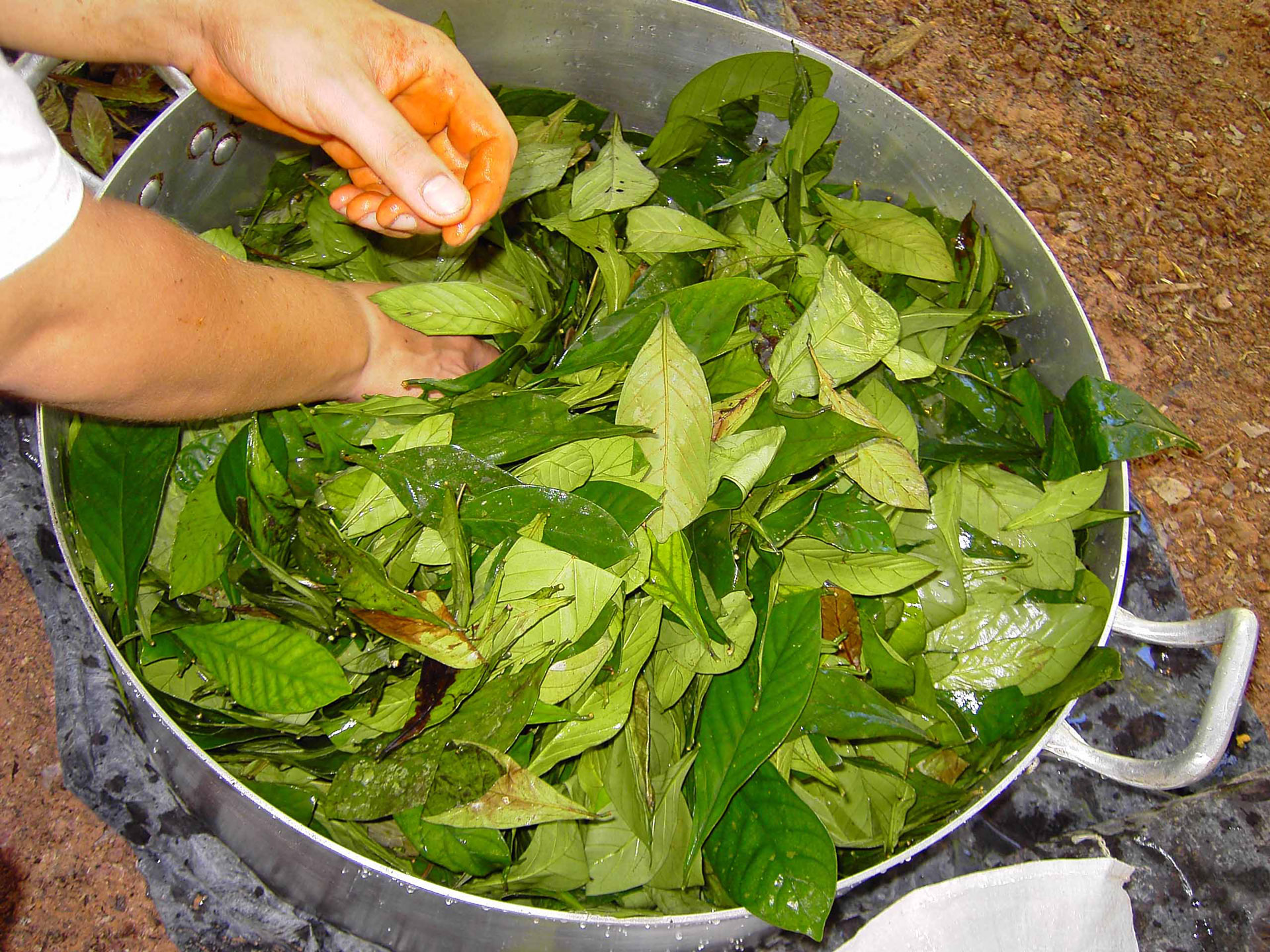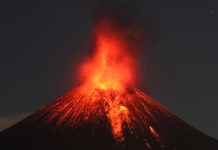
A 26-year old Briton was tragically stabbed to death during an ayahuasca ceremony gone wrong in Peru last Wednesday 16 December.
Unais Gomes, a Cambridge University graduate and financier from London, had travelled to the Amazon rainforest to partake in the psychedelic rite billed as a ‘healing retreat’ by the Phoenix Ayahuasca lodge outside Iquitos.
According to witnesses, Gomes retrieved a knife from the kitchen and attacked his friend and fellow participant, 29 year old Joshua Stevens from Winnipeg. Stevens, acting in self-defense, killed Gomes with the same knife. He was arrested by Iquitos police and later released.
Four days earlier, Gomes had texted home:
“I ran away from my retreat. Bad experience.”
Safely consumed by indigenous people for thousands of years, ayahuasca does not usually cause violent behavior, but depending on the setting, intention, recipe, shaman, and participant, it may produce terrifying and nightmarish visions.
Proper preparation
Ayahuasca brew consists of a number of psychoactive ingredients and it is said that no two shamans prepare it in exactly the same way. Its principal hallucinogenic compound is dimethyltryptamine (DMT), usually supplied by jungle plants such as Chacruna (psychotria viridis) or Chagropanga (diplopterys cabrerana).
Structurally similar to psilocybin – the active alkaloid in magic mushrooms – DMT is one of the earth’s most powerful psychedelics. When ingested as a brew, however, it is rapidly broken down in the body by the enzyme monoamine oxidase. Thus the famous ayahuasca vine, banisteriopsis caapi, which is said to give the trip its distinctive psychological ‘flavour’, is included as a vital monamine oxidase inhibitor (MAOI) – without it, the brew would be short-lived and ineffective.
There are a number of other barks and herbal ingredients which a shaman may include to give his brew a particular physical or mental effect. Purgatives, for example, are frequently added to induce extra bouts of vomiting (thus expelling parasites and worms, both common afflictions in the tropics). The flowers of the brugmansia plant, often used by exploitative or inexperienced curers (as well as black magicians), are said to add a delirious and demonic dimension to the trip.
Despite the potential dangers and unpleasant side effects, many people seem to report wondrous and transformative experiences with ayahuasca. Western proponents of the Amazonian brew – such as Tracie and Mark Thornberry, the sister and brother team who own Phoenix Ayahuasca – regard it as a therapeutic medicine capable of treating depression, addiction, and trauma.
“Ayahuasca helps us to let go of the past and be reborn into our true nature, that of spiritual beings having a human experience,” says their website. “At Phoenix Ayahuasca our focus is on offering a safe and supportive place to experience plant medicines and explore the true nature of the self.”
The science behind ayahuasca…
There is some scientific evidence to corroborate such claims to therapeutic efficacy. In 2005, Da Silveria et al compared adolescent users of ayahuasca with non-users and found culturally specific use of the plant brew tended to correlate with positive self-image and contentment. However, causation could not be inferred from their research (for example, all the ayahuasca users belonged to the same church and this may have influenced their positive self-regard).
Historically, South American plant medicines, including ayahuasca and San Pedro cactus, have had an important and complex role in indigenous Amazonian cultures, offering a point of communion with an ancestral ‘otherworld’. The extent to which such ‘sacred knowledge’ can only be gifted to western users – or alternatively, bought, sold, commodified, and taken in the way a medicinal pill is taken – is a matter of contention.
Since the 1990s, Iquitos has seen a boom in ‘spiritual tourism’ with all the usual drawbacks that accompany rapid development, such as excessive commercialization and the degradation of local natural resources. While acknowledging these downsides, a recent drug policy briefing by the Transnational Institute was upbeat about the situation:
“Globalisation and cultural exchange, far from what might be expected, has not brought about the trivialisation of ayahuasca use, but rather a rich and diverse mixture of rituals and ceremonies in which indigenous traditions are woven together with Western practices, maintaining the native essence with its potential for integrating a community. Ayahuasca ceremonies are conducted in a group under the supervision of a guide experienced in its use (shamans, healers, vegetalistas, psychotherapists, facilitators, etc.) and with a certain persistent Amazon world view.”
Thus if ayahuasca can be used in a positive and beneficial way – and there is much anecdotal evidence to suggest it can – further scientific research is demanded rather than a reactionary regulatory framework to limit its sale and distribution.
That said, the trade in ‘ayahuasca experiences’ appears to operate in an uncontrolled manner, posing significant and undetermined risks for those who seek them.
Reducing the risks
Direct and indirect deaths resulting from ayahuasca consumption are extremely rare, but not unheard of. The sexual abuse of participants by predators posing as shamans is unfortunately more common, as are the kinds of disturbing psychological experiences that may accompany any sort of psychedelic exploration – or a poorly managed ayahuasca ceremony. Much has been written about ayahuasca’s therapeutic potential, but little of its scope for inducing psychosis or long-term mental illness.
Some operators (Phoenix Ayahuasca included) offer wise advice concerning the risks of combining the brew with certain western medicines (for example, serotonin-reuptake inhibitors, MAOIs, and other anti-depressant drugs), but say little about how ayahuasca might impact underlying psychological problems, other than it ‘cures’ them. If it does ‘cure’, how does it cure? And what makes one ayahuasca ‘therapist’ competent and another incompetent?
We will probably never know why Unais Gomes, a young man who evidently took his spiritual development seriously (he reportedly held meditation groups in his London apartment), reacted violently to his ayahuasca experience. However, further investigation into the psychological and pharmacological actions of such plant medicines – along with a coordinated effort to share information with shamans, therapeutic centres, and prospective ‘spiritual tourists’ – may help reduce the risk of future tragedies.
Source: Latin Correspondent [Archived]
Image: Pluct-Plact Zoom/Flickr










